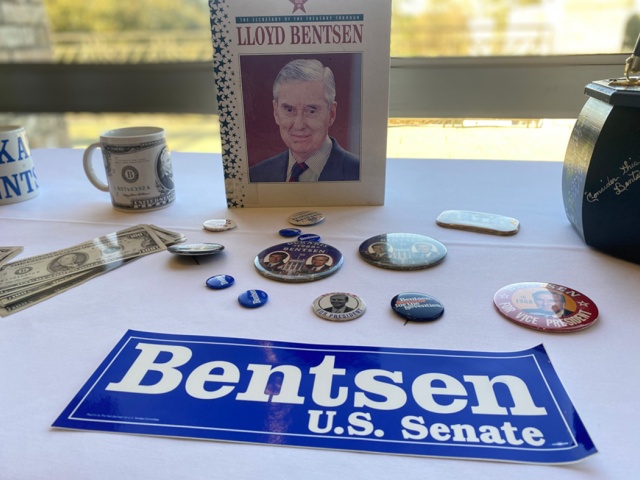
The 2024-25 UT Women’s Basketball Season Showed the World Just How Far This Team Can Go
It’s hard to make the Final Four. Vic Schaefer knows that because The University of Texas Women’s Basketball coach has been to three of them at other…
Through the Lens: Photographing Life and Culture in Ireland
During the Maymester, students explore Irish culture, documenting their experience through collaborative photo essays and a printed zine. Idly leafing…
TXEX
A Texas Exes Host Shares the Unpredictable Awe of His Flying Longhorns Trip
At 5 a.m. on the last day of our Flying Longhorns trip through southern Africa, Thando—our kind, fun, and knowledgeable safari guide—stated with…
A New Texas Exes Alumni Network Puts Sustainability First
Transferring a board meeting from Zoom to Google Meet—anticipating a possible shift to Microsoft Teams if Meet crashes—Sandy Eapen, BS ’01, Life…












